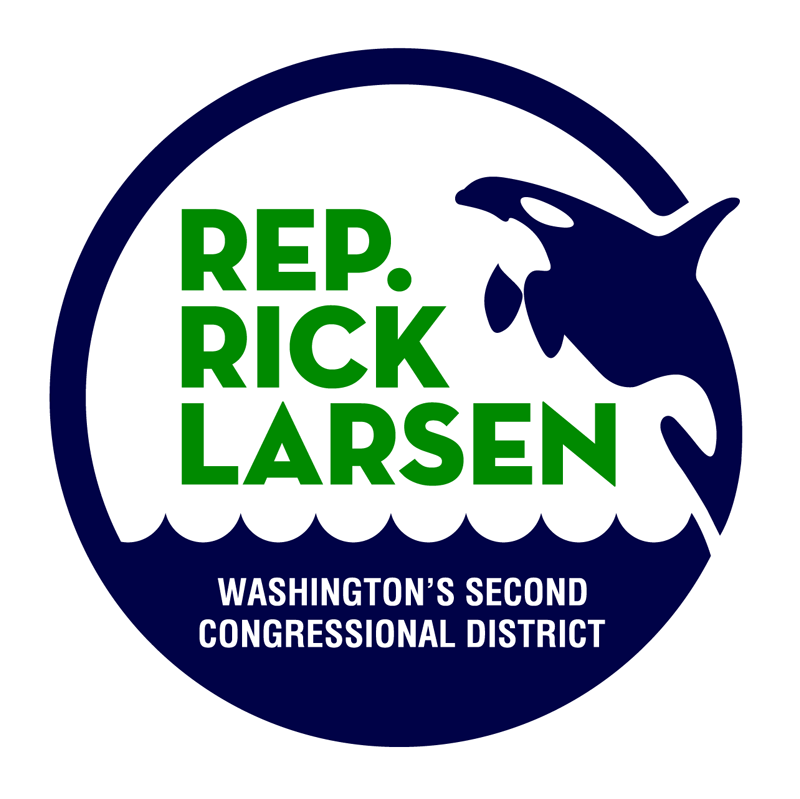Press Releases
Larsen Leads Bipartisan Push To Invest In Healthy Estuaries
Washington, DC,
March 24, 2016
Estuaries are drivers of a healthy environment and a strong economy, which is why Rep. Rick Larsen, WA-02, is leading a bipartisan effort to invest in estuary restoration. Larsen and Rep. Frank LoBiondo, NJ-02, along with 52 other members, sent a letter this week to House appropriators requesting full funding for the National Estuary Program (NEP). Larsen and LoBiondo’s bill to reauthorize the NEP through 2020 passed the House last summer. “The people who live and work near and on our estuaries have the greatest stake in sound coastal management, best understand the unique challenges and opportunities in those places, and know the right stakeholders to engage in crafting durable and effective solutions,” they wrote. “NEPs play a key role in implementing national policies that result in better, more cost-effective coastal management that benefits states and local communities.” Full text of the letter follows. The letter is also available here. March 22, 2016 Dear Chairman Calvert and Ranking Member McCollum: Estuaries are one of the most productive habitats on earth, but are increasingly affected by impacts of human population growth along the coast. In 1987, Congress established the National Estuary Program (NEP) to identify, protect, and restore “estuaries of national significance.” Now located within 28 different watersheds, the National Estuary Program is recognized as a model for building partnerships to protect the coastal environment, sustaining coastal economies and the jobs that come with it, and improving our quality of life. We are writing to thank you for your past support of the NEP, and ask you to continue to invest directly in the stewardship of our nation’s coasts by ensuring that each of the 28 NEPs in the field receives level funding of $600,000 in FY 2017. Each National Estuary Program:
Collectively, NEPs have restored and protected more than 1.5 million acres of land since 2000 alone. As the health of our coastal ecosystems decline, NEPs work to ensure that federal agencies work together and with state, regional, NGO and private partners to better manage ocean and coastal resources for the benefit of the nation and to reduce conflicts, redundancies, and inefficiencies that waste time and money. The people who live and work near and on our estuaries have the greatest stake in sound coastal management, best understand the unique challenges and opportunities in those places, and know the right stakeholders to engage in crafting durable and effective solutions. NEPs play a key role in implementing national policies that result in better, more cost-effective coastal management that benefits states and local communities. We believe the NEPs in the field should continue to receive $600,000 each in order to continue ongoing work to help ensure the ecological and economic viability of our nation’s estuaries. Thank you for your strong support of this program over the years, and for considering our request. Sincerely, Frank A. LoBiondo Member of Congress Rick Larsen Member of Congress ### |
